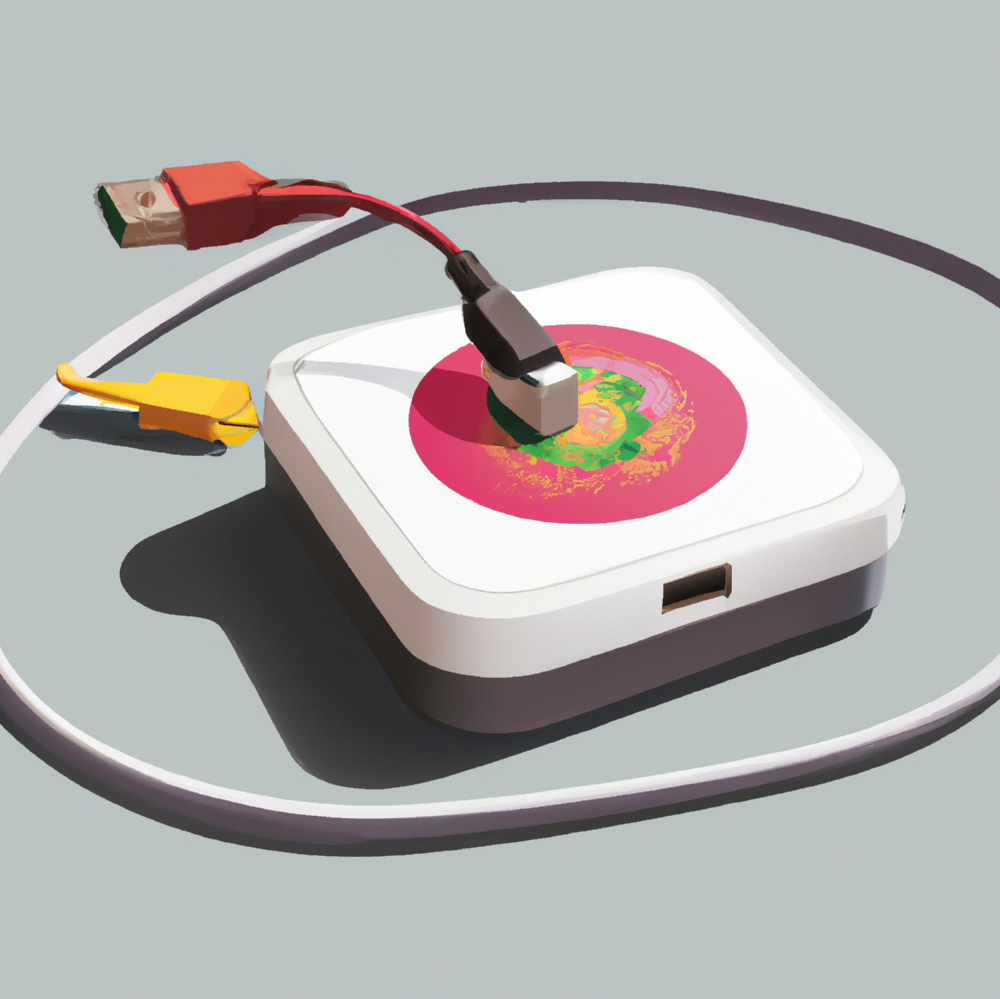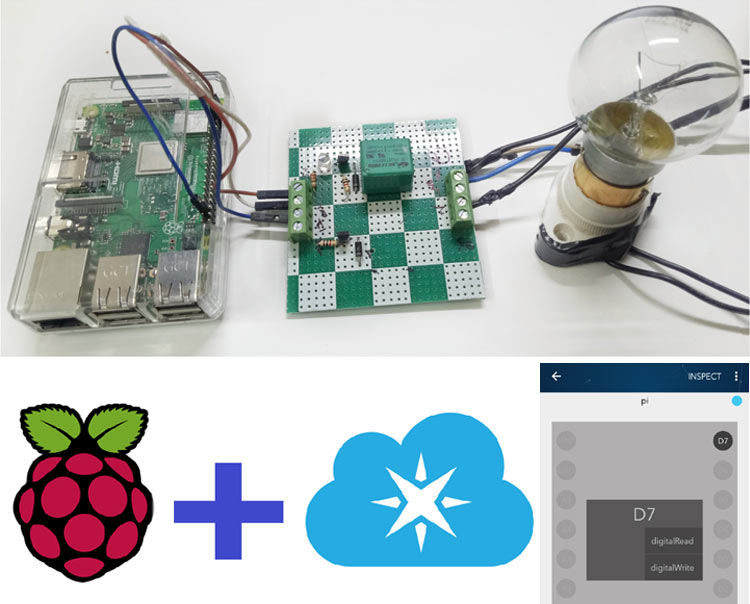Is Raspberry Pi An IoT Device? Explained!
Is the Raspberry Pi, that credit-card sized marvel of modern technology, truly an IoT device? The answer, unequivocally, is yes. Its versatility, programmability, and affordability make it a cornerstone of the Internet of Things landscape, capable of transforming ordinary objects into intelligent, connected systems. But understanding how it fits this description requires a deeper dive into its capabilities and the role it plays in the broader IoT ecosystem.
The Raspberry Pi, in its various iterations, from the original Model B to the latest Pi 5, is essentially a single-board computer. This means it packs a complete computing system, including a processor, memory, storage, and input/output interfaces, onto a single, compact circuit board. This design philosophy is crucial to its IoT applications. Unlike a desktop computer, the Raspberry Pi is designed for embedded applications, meaning it can be integrated into devices and systems that aren't primarily computers themselves. It's the core of countless smart home devices, industrial automation systems, and educational projects, all driven by the fundamental principles of the Internet of Things.
To truly appreciate the Raspberry Pi's IoT credentials, consider the core components that define any IoT device: connectivity, data processing, and actuation. The Raspberry Pi excels in all three areas. Its built-in Ethernet and Wi-Fi capabilities provide seamless connectivity to networks, allowing it to communicate with other devices and the cloud. Its processor handles data processing, from simple tasks like reading sensor data to more complex operations like machine learning and image recognition. Finally, its GPIO (General Purpose Input/Output) pins allow it to interact with the physical world by controlling motors, reading sensors, and activating actuators.
The power of the Raspberry Pi lies not just in its hardware, but also in its software ecosystem. Running primarily on Linux-based operating systems, such as Raspberry Pi OS (formerly Raspbian), it offers a vast library of software tools and programming languages. This flexibility allows developers to tailor the Pi to a specific IoT application. Whether it's building a smart irrigation system, a home security camera, or a weather station, the Raspberry Pi offers the flexibility and power to bring these projects to life.
Consider the common definition of an IoT device: a physical object equipped with sensors, software, and other technologies for the purpose of connecting and exchanging data with other devices and systems over the internet. The Raspberry Pi fits this definition perfectly. It can be easily fitted with sensors to collect data about its environment temperature, humidity, light, and pressure, to name a few. This data can then be processed locally or transmitted to the cloud for analysis and storage. Actuators, such as relays or motors, can be controlled by the Raspberry Pi, allowing it to take actions based on the collected data. This capability is what truly bridges the gap between the digital and physical worlds, the essence of the IoT.
The Raspberry Pi's influence extends beyond the realm of individual projects. Its affordability and ease of use have democratized the IoT, making it accessible to hobbyists, students, and small businesses alike. The availability of comprehensive documentation, online tutorials, and a thriving community further supports this accessibility. This has fostered a culture of innovation, leading to the development of countless new IoT devices and applications. This widespread adoption is a testament to the Pi's undeniable role in shaping the future of the Internet of Things.
The versatility of the Raspberry Pi is further enhanced by its compatibility with various communication protocols and technologies. It supports common IoT protocols like MQTT (Message Queuing Telemetry Transport), which is widely used for lightweight messaging in resource-constrained environments, and CoAP (Constrained Application Protocol), designed for machine-to-machine communication. It can also be integrated with cloud platforms like AWS IoT, Microsoft Azure IoT Hub, and Google Cloud IoT Core, enabling developers to easily connect their Raspberry Pi-based devices to powerful cloud services for data analysis, storage, and device management. These integrations significantly boost the capabilities of the Raspberry Pi and its role in large-scale IoT deployments.
The Raspberry Pis ability to act as a gateway is another critical aspect of its IoT capabilities. In many IoT scenarios, devices such as sensors might have limited processing power or connectivity options. The Raspberry Pi can act as a bridge, collecting data from these devices, processing it, and then transmitting it to the cloud. This gateway functionality is essential in applications where a central hub is needed to manage and coordinate a network of IoT devices, especially those using protocols like Zigbee or Z-Wave. The Pi's ability to interface with these different protocols makes it a crucial component in building complex, interconnected IoT ecosystems.
Security considerations are paramount in the IoT, and the Raspberry Pi offers a decent foundation upon which to build a secure device. While not inherently secure out-of-the-box, the user has a high degree of control over the security configuration. They can implement measures such as secure boot, encryption, and access control mechanisms to protect their devices from cyber threats. Regular security updates and a careful approach to network configuration are essential, and the Raspberry Pi community actively shares best practices for hardening devices and mitigating potential vulnerabilities.
The Raspberry Pi's evolution continues to improve its suitability for IoT applications. Successive models have seen enhancements in processing power, memory, and connectivity options. The release of the Raspberry Pi Zero, a smaller and more affordable version, further extended its reach into space-constrained IoT applications. The recent release of the Raspberry Pi 5, with its significantly improved performance and features, shows the continued investment in the platform and confirms its central place in the IoT space.
The Raspberry Pi's impact is tangible across a wide spectrum of industries and applications. It's used in agriculture for monitoring environmental conditions in greenhouses, in healthcare for remote patient monitoring, in retail for managing inventory and customer analytics, and in industrial settings for predictive maintenance and process automation. Its adaptability makes it a perfect match for a range of different applications.
One significant advantage of the Raspberry Pi is its open-source nature. The open-source design principles extend to both the hardware and software. This allows for a high degree of customization and a large community of developers contributing to its ecosystem. This openness encourages experimentation, innovation, and adaptation to meet the specific needs of a project.
The Raspberry Pi Foundations mission to promote computing education and make technology accessible to everyone directly aligns with the goals of the Internet of Things. Through the Pi, individuals and institutions can explore IoT concepts, develop their skills in programming, and create their own connected devices. This educational aspect further reinforces the Raspberry Pi's relevance within the Internet of Things and also fosters a new generation of innovators.
The Raspberry Pi is undeniably a key component of the Internet of Things, acting not only as an IoT device itself but as a powerful tool for creating and managing IoT solutions. Its affordability, versatility, and the strong support community have made it the go-to platform for a variety of applications, from home automation to industrial control systems. As the IoT continues to expand and develop, the Raspberry Pi will undoubtedly play a crucial part in its ongoing evolution. It's more than just a computer; it's a gateway to a smarter, more connected world.
In the context of "Is Raspberry Pi an IoT Device?", we have presented an analysis of the Raspberry Pi's structure, software, applications, and the role it plays in the Internet of Things. In its simplicity and accessibility, the Raspberry Pi has changed the IoT landscape.
The Raspberry Pi offers a complete, affordable, and adaptable solution for connecting to the IoT ecosystem. It offers a platform for data processing and interaction with the physical world, is compatible with different communication protocols, has cloud integration, gateway functionality, and ongoing improvements that make it a key component of the Internet of Things. Its open-source architecture, robust security considerations, and educational impact make it a versatile tool for IoT applications and a resource for people across different industries.



